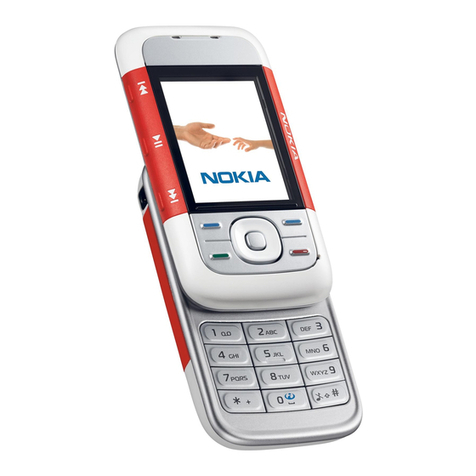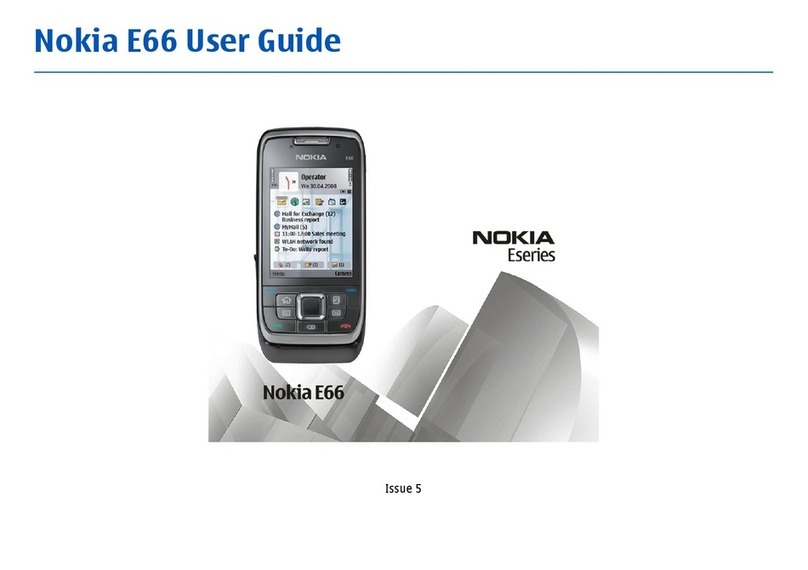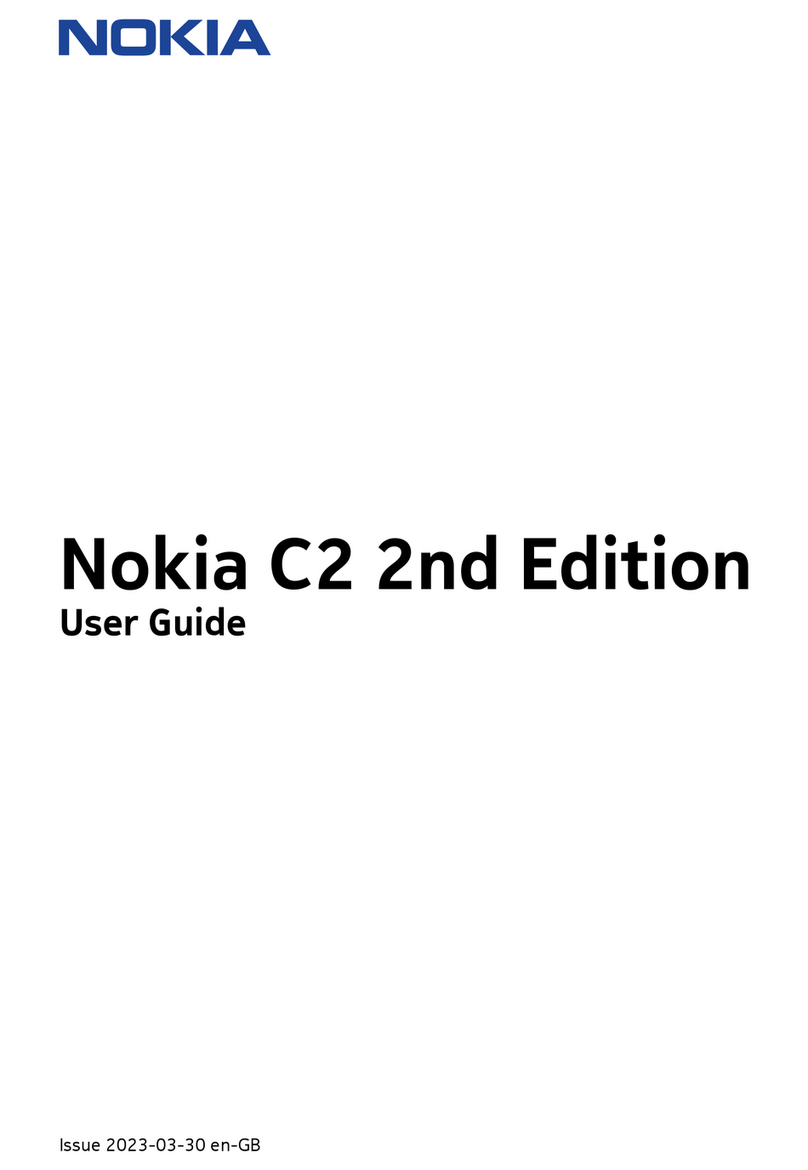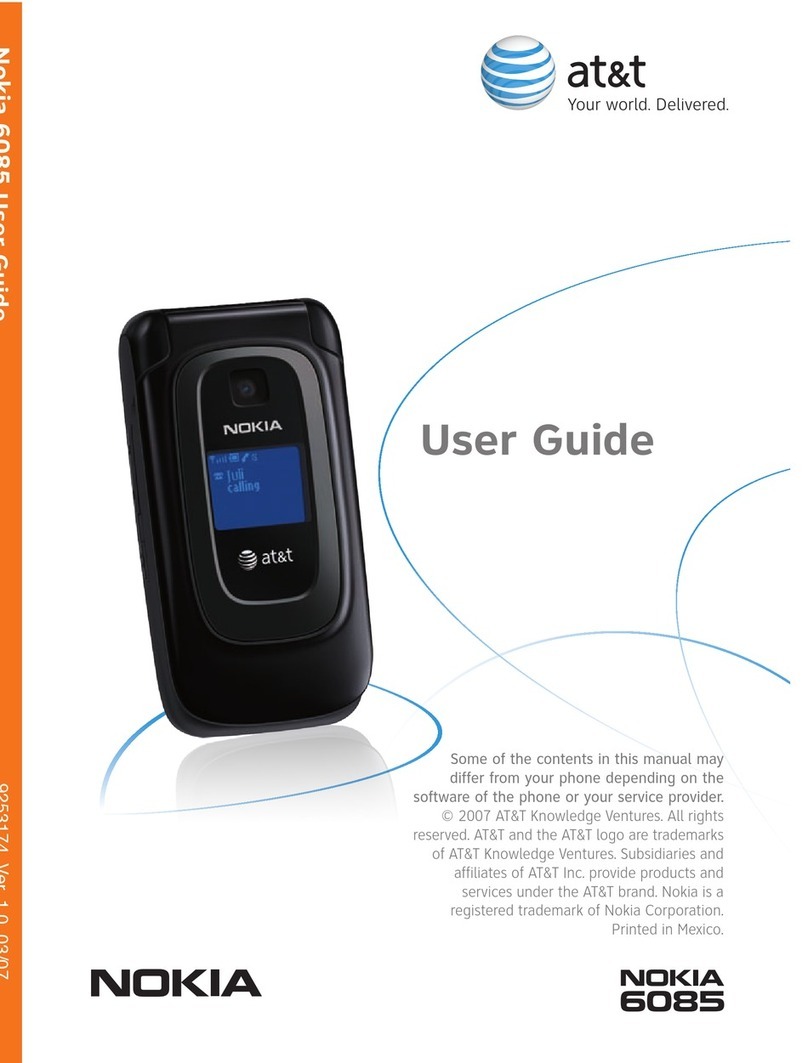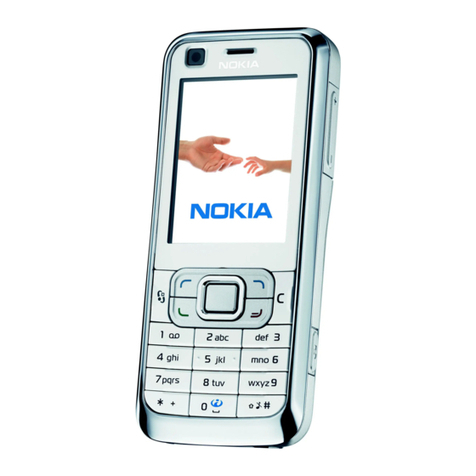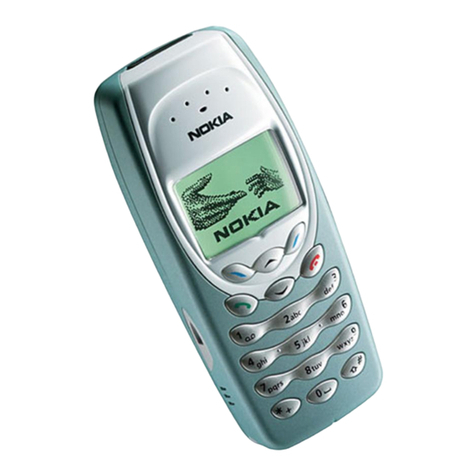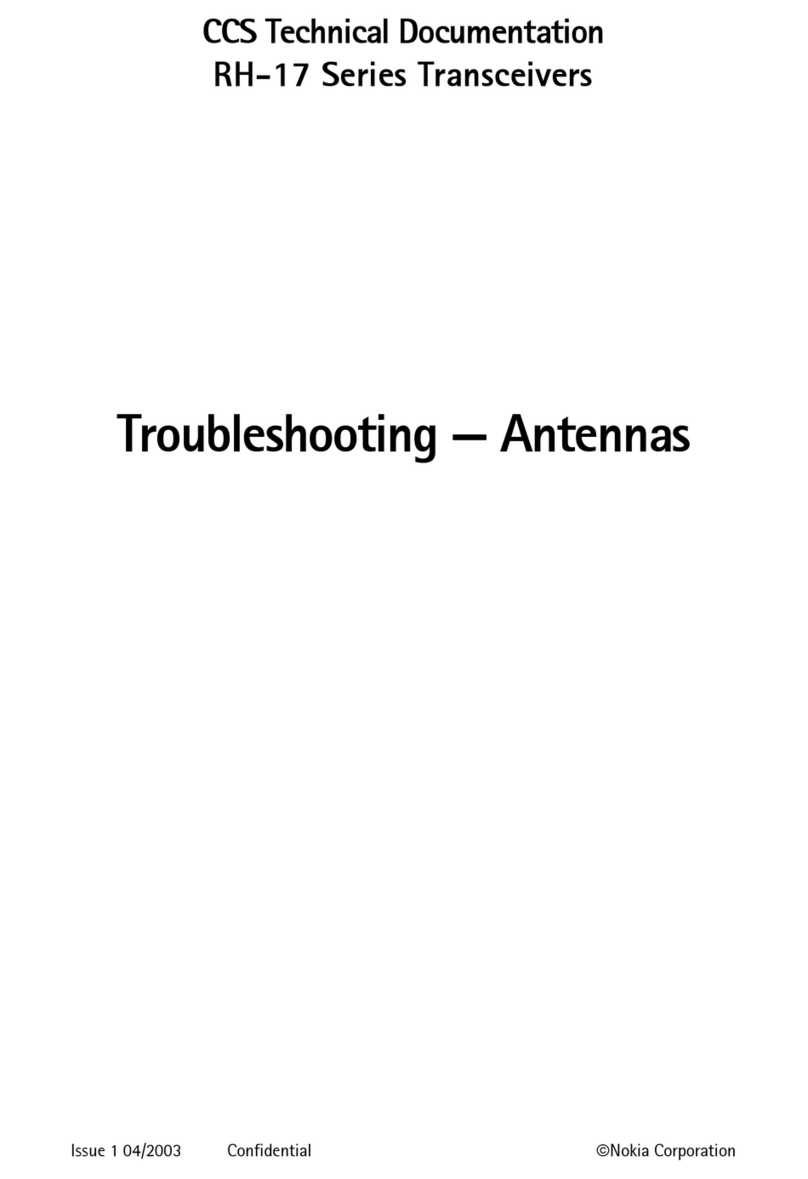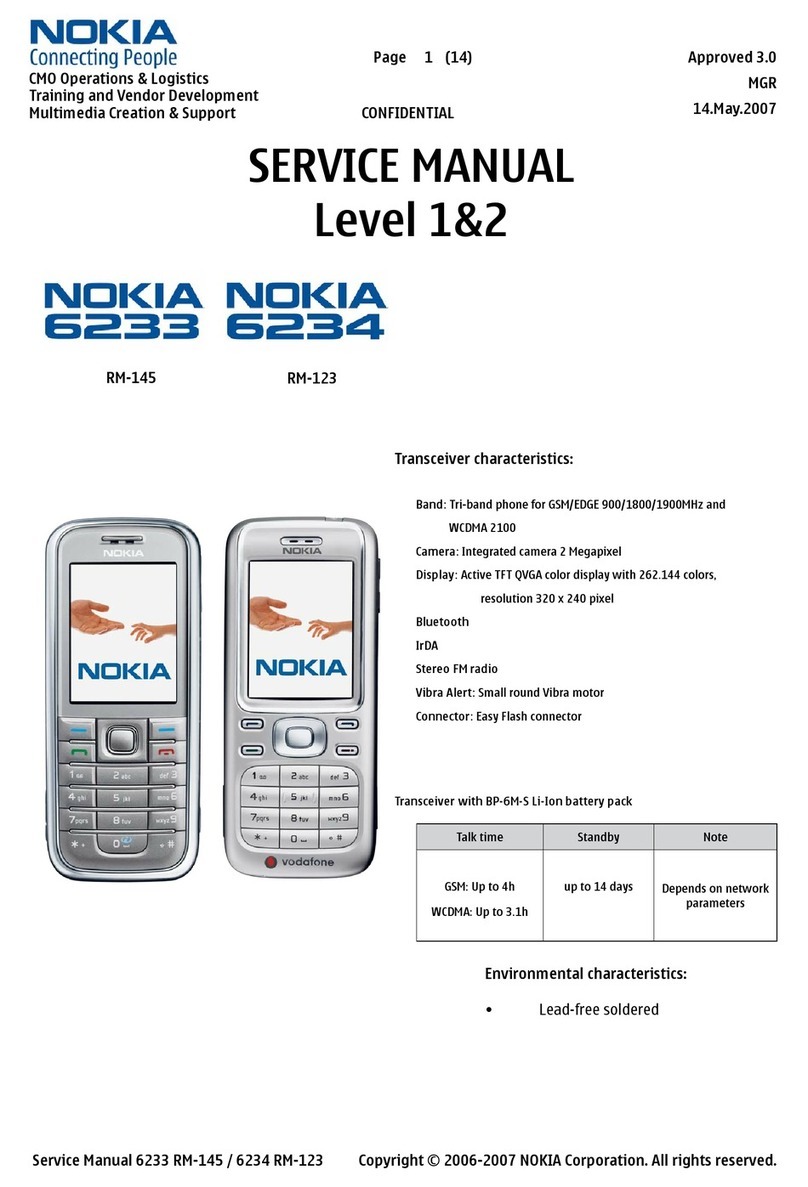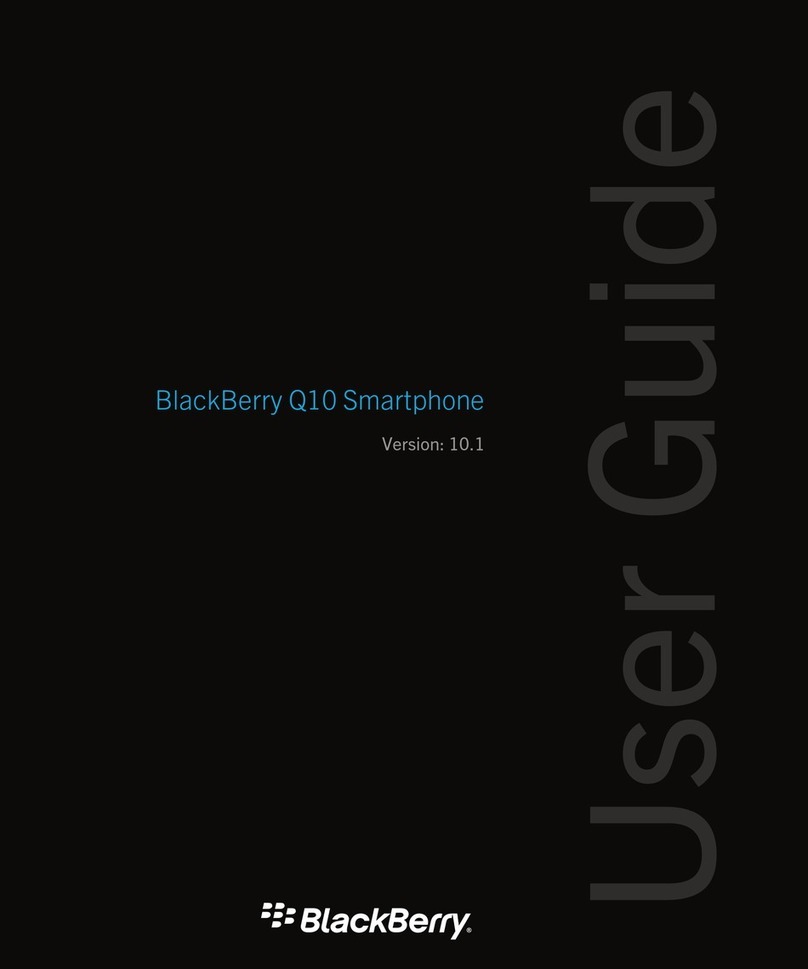PAMS
Technical Documentation
NSE–3
System Module
Original 11/97
Page 3 – 2
CONTENTS
Transceiver NSE–3 3 – 5. . . . . . . . . . . . . . . . . . . . . . . . . . . . . . . . . . . . .
Introduction 3 – 5. . . . . . . . . . . . . . . . . . . . . . . . . . . . . . . . . . . . . . . . . .
Functional Description 3 – 5. . . . . . . . . . . . . . . . . . . . . . . . . . . . . .
Interconnection Diagram 3 – 6. . . . . . . . . . . . . . . . . . . . . . . . . . . . . .
System Module 3 – 7. . . . . . . . . . . . . . . . . . . . . . . . . . . . . . . . . . . . . . . . .
External and Internal Connectors 3 – 7. . . . . . . . . . . . . . . . . . . . .
System Connector Contacts 3 – 8. . . . . . . . . . . . . . . . . . . . . . .
RF Connector Contacts 3 – 9. . . . . . . . . . . . . . . . . . . . . . . . . . .
Supply Voltages and Power Consumtion 3 – 9. . . . . . . . . . . .
Functional Description 3 – 9. . . . . . . . . . . . . . . . . . . . . . . . . . . . . . . .
Baseband Module 3 – 10. . . . . . . . . . . . . . . . . . . . . . . . . . . . . . . . . . . .
Block Diagram 3 – 10. . . . . . . . . . . . . . . . . . . . . . . . . . . . . . . . . . . . .
Technical Summary 3 – 10. . . . . . . . . . . . . . . . . . . . . . . . . . . . . . . .
Bottom Connector External Contacts 3 – 12. . . . . . . . . . . . . . .
Bottom Connector Signals 3 – 12. . . . . . . . . . . . . . . . . . . . . . . .
Battery Connector 3 – 14. . . . . . . . . . . . . . . . . . . . . . . . . . . . . . .
SIM Card Connector 3 – 15. . . . . . . . . . . . . . . . . . . . . . . . . . . . .
Internal Microphone 3 – 15. . . . . . . . . . . . . . . . . . . . . . . . . . . . . .
Infrared Module Connections 3 – 15. . . . . . . . . . . . . . . . . . . . . .
RTC Backup Battery 3 – 16. . . . . . . . . . . . . . . . . . . . . . . . . . . . .
Buzzer 3 – 16. . . . . . . . . . . . . . . . . . . . . . . . . . . . . . . . . . . . . . . . .
Functional Description 3 – 17. . . . . . . . . . . . . . . . . . . . . . . . . . . . . . . .
Power Distribution 3 – 17. . . . . . . . . . . . . . . . . . . . . . . . . . . . . . . . . .
Battery charging 3 – 18. . . . . . . . . . . . . . . . . . . . . . . . . . . . . . . . .
Startup Charging 3 – 18. . . . . . . . . . . . . . . . . . . . . . . . . . . . . . . .
Battery Overvoltage Protection 3 – 19. . . . . . . . . . . . . . . . . . . .
Battery Removal During Charging 3 – 20. . . . . . . . . . . . . . . . . .
Different PWM Frequencies ( 1Hz and 32 Hz) 3 – 21. . . . . . .
Battery Identification 3 – 22. . . . . . . . . . . . . . . . . . . . . . . . . . . . .
Battery Temperature 3 – 23. . . . . . . . . . . . . . . . . . . . . . . . . . . . .
Supply Voltage Regulators 3 – 23. . . . . . . . . . . . . . . . . . . . . . . .
Switched Mode Supply VSIM 3 – 25. . . . . . . . . . . . . . . . . . . . . .
Power Up 3 – 25. . . . . . . . . . . . . . . . . . . . . . . . . . . . . . . . . . . . . . .
Power up with a charger 3 – 26. . . . . . . . . . . . . . . . . . . . . . . . . .
Power Up With The Power Switch (PWRONX) 3 – 26. . . . . . .
Power Up by RTC 3 – 27. . . . . . . . . . . . . . . . . . . . . . . . . . . . . . .
Power Up by IBI 3 – 27. . . . . . . . . . . . . . . . . . . . . . . . . . . . . . . . .
Acting Dead 3 – 27. . . . . . . . . . . . . . . . . . . . . . . . . . . . . . . . . . . . .
Active Mode 3 – 27. . . . . . . . . . . . . . . . . . . . . . . . . . . . . . . . . . . . .
Sleep Mode 3 – 27. . . . . . . . . . . . . . . . . . . . . . . . . . . . . . . . . . . . .
Charging 3 – 27. . . . . . . . . . . . . . . . . . . . . . . . . . . . . . . . . . . . . . .
Power Off 3 – 28. . . . . . . . . . . . . . . . . . . . . . . . . . . . . . . . . . . . . . .
Watchdog 3 – 28. . . . . . . . . . . . . . . . . . . . . . . . . . . . . . . . . . . . . . .


